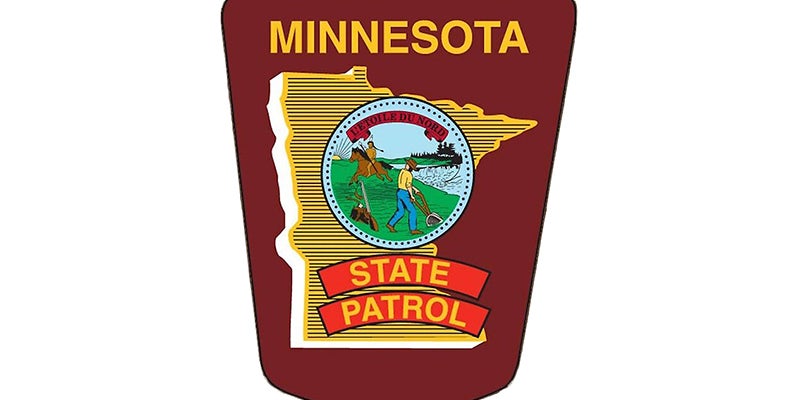Peggy Keener: Rub-a-dub-dub
Published 5:27 pm Friday, May 17, 2024
|
Getting your Trinity Audio player ready...
|
Question: what has a shiny corrugated two-sided metal plate framed in wood? Everyone of our mothers had one. Heck, everyone of us probably had one.
It was found in the basement or wherever the washing machine was kept. It had no motor but instead was worked with arm muscles. It also took up little space while being a valuable asset to our daily workload. This treasure, which was hard on manicures, was particularly useful for households with children who played outdoors and men who worked in overalls. In other words, the great unwashed.
You may think it is extinct, but you would be wrong. It’s still around. In truth there is a dwindling market for it, but loyal users and enthusiasts still exist. What is it?
The washboard.
Yes, the good old washboard. It immediately brings up an image of your mom bent over the sink scrubbing the life out of the dirtiest of your clothes. Her face is pleated with determined wrinkles, the front of her apron is sopping wet and her arm is a sequence of ferocious thrusts. Oh, how that woman could do laundry!
Historically, cave women didn’t look much different. In place of a corrugated sheet of metal, however, they used rocks and a swiftly rushing stream bed. (I don’t know about you, but I’m really, really, really glad my mom didn’t have to use rocks.)
Here’s something I’ll bet you don’t know. There is a washboard company that has been in business … uninterrupted business … since 1895. (That is 129 continuous years for you with weak math skills.) It’s the Columbia Washboard Company in Logan, Ohio. I’m guessing that all the employees who applied to work there came with no other qualifications other than life experience … absolutely no training required. Lots of them must have been women; women with impressively impressive biceps from years of doing laundry using the Armstrong method.
The washboard’s heyday was between 1926 to1955, During that 30-year span the Columbus Washboard Company churned our some 15 million washboards. (I’m thinking that 14 million of them are presently residing in dusty antique malls.) Today the company’s output is more like 80,000 per year. It is no surprise that it’s the only surviving washboard company in the U.S. And here’s a fun factoid: it still uses equipment that predates the Wright Brothers’ first flight!
In the construction of the washboard, there is no ear-aching racket made from an electric motor nor is there any hissing from a steam powered engine. Rather the entire assembly is conducted with a single foot pedal that engages a device that pushes slotted pieces of Ohio-grown poplar wood into place around a sheet of corrugated metal, sourced from Chicago. Every part comes from somewhere in America, including the nails that interestingly proved to be difficult to find in the U.S.
It is important, if not poignant, to note that there are four owners of the plant—two men and two women. This is especially tantalizing when you consider that when Columbus Washboard was founded, women were not even allowed to vote!
The Amish community remains a steadfast consumer of washboards. Interior decorators, craft enthusiasts and musicians are, as well. A talented musical washboarder can produce elaborate rhythm patterns for accompanying guitars, pianos and jugs by rapping away on the wavy metal surface with fingertip thimbles, spoons and wire brushes. This kind of music can be traced back to West Africa and the musical form known as hamboning. Enslaved people brought it to our shores.
When John Lennon of the future Beatles started his first band (the Quarrymen), he recruited his best friend, Peter Shotton, to play the washboard. Interestingly, it was Shotton who suggested they add another musician he knew, a kid named Paul McCartney. What a find he turned out to be … and he didn’t even know how to play the washboard … even with finger thimbles!
Today you can purchase a washboard that is all tricked out with musical accoutrements such as cowbells, hotel desk bells and kitchen sink drains … although I think they lost me on that last one. These festooned beauties have earned the name of “Stradovarious Washboards.”
It must be said that traditionally, there are a surprising number of housewives who still use washboards for good old fashioned stubborn stain removal. “Say you’ve got egg on your shirt,” they explain. “You just get some laundry soap, wet the stain, rub it on your board for 5 to 10 seconds and like magic out it comes. When you see the stain has disappeared, throw it in the washing machine and you’re good to go.”
It’s like this, in using the washboard there is an undeniable visceral satisfaction. I’ll bet the farm that the cave women … the very same gals who got all the stains out of their families’ animal skin outfits … would be the first to agree.



